Hydronic Heated Driveways
Living in the Northeast, we all know what is coming after the beautiful fall weather, winter! With winter comes the potential for lots of snow. Many of us use snow blowers, plow companies, or shovels to get rid of the snow, but hydronic heated driveways offer another great option. With a snowmelt system, as soon as the snow starts to fall, it melts away.
One of our clients recently contacted us to install a snowmelt system. They were looking for information on how the system would work and the approximate cost. The homeowners wanted to incorporate the snowmelt system into the area between their house and the garage. This area also has a basketball court. Lucky for their children, this new snowmelt system will allow them to play basketball all year round!
There are two basic types of snowmelt systems – Hydronic and Electric. Hydronic is better for more extensive square footage like walkways, driveways, and patios, and electric is better suited for smaller areas. We suggested the homeowners purchase a hydronic system.
Hydronic heat means “heating with hot water”. This method of heating has been used for centuries. Hydronic heating has become more popular with advancements in technology. The heating is now efficient, more effective, and becoming affordable. A boiler heats treated water that moves through closed-loop tubing to warm walkways or driveways. The circulating mixture of water and anti-freeze retains heat long after the boiler shuts down, which allows the hydronic system to optimize energy usage, making it more efficient and environmentally friendly.
After the homeowner decided to move forward with a hydronic system, they contracted Matthew Cunningham Landscape for landscape design. From there, the process moved quickly, with the landscape team designing a plan that would incorporate all the homeowner’s necessities and wish list items. Our project managers met with the Matthew Cunningham team, discussed the project, and compiled a homeowner proposal. To ensure we provided our client with the most accurate estimate, our group met with Capco Supply to get material pricing. Capco specializes in high-end hydronic systems design and materials.
Once the driveway base was down, we began work in early July.
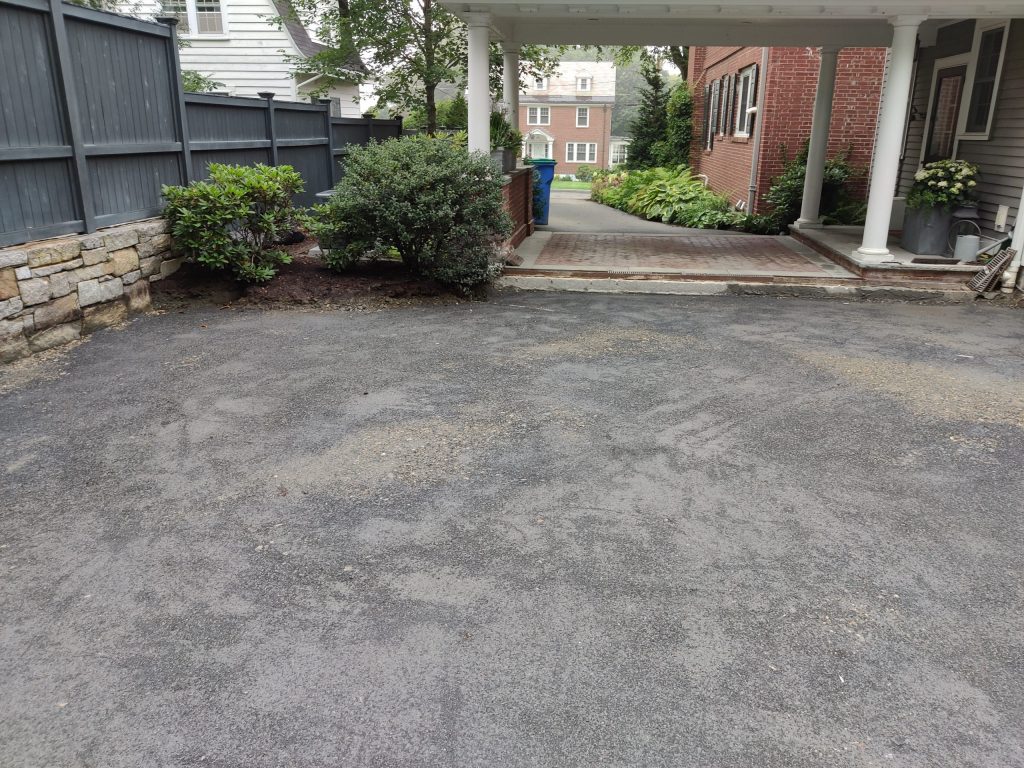
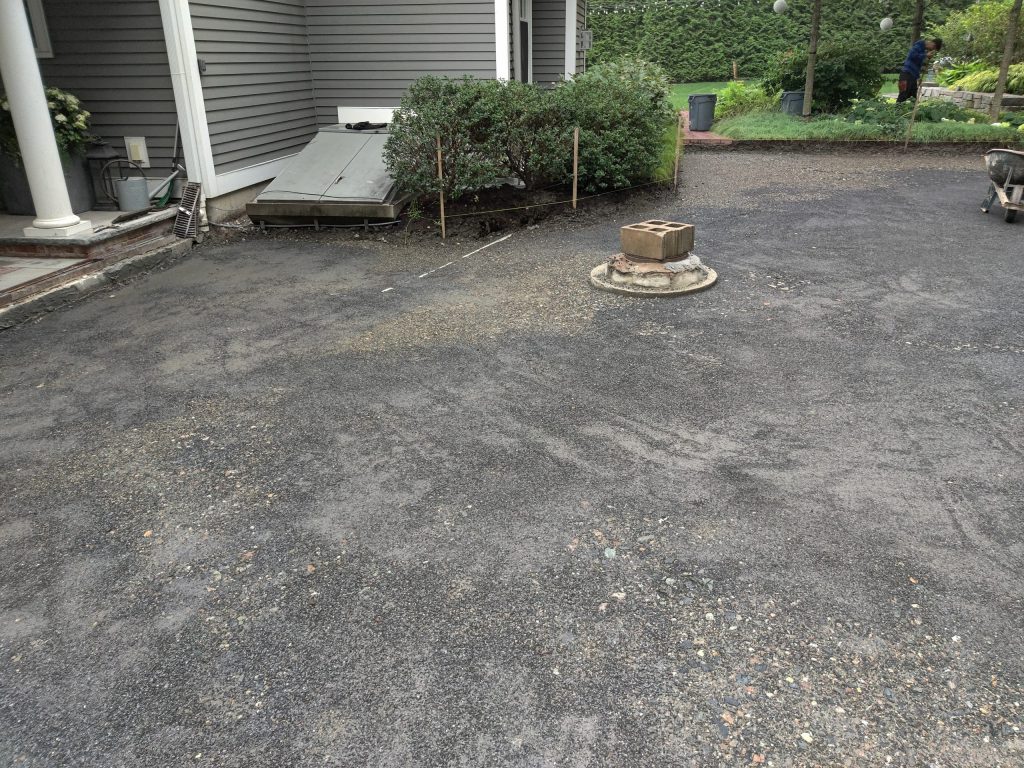
Our team installed radiant boards around the design area.
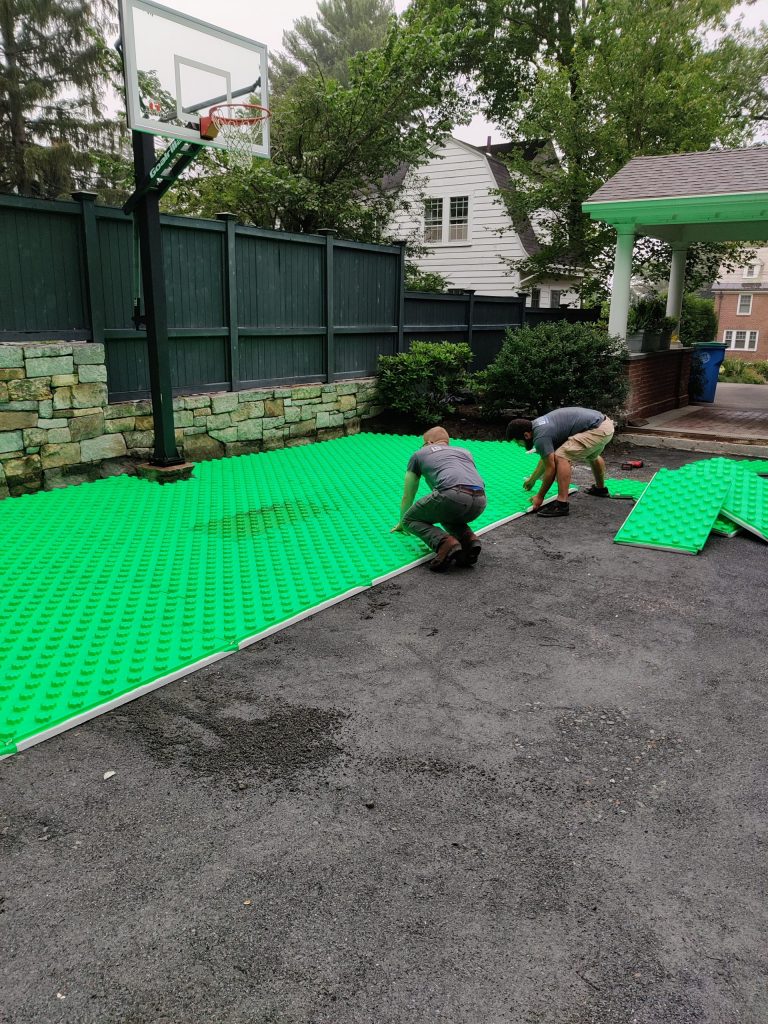
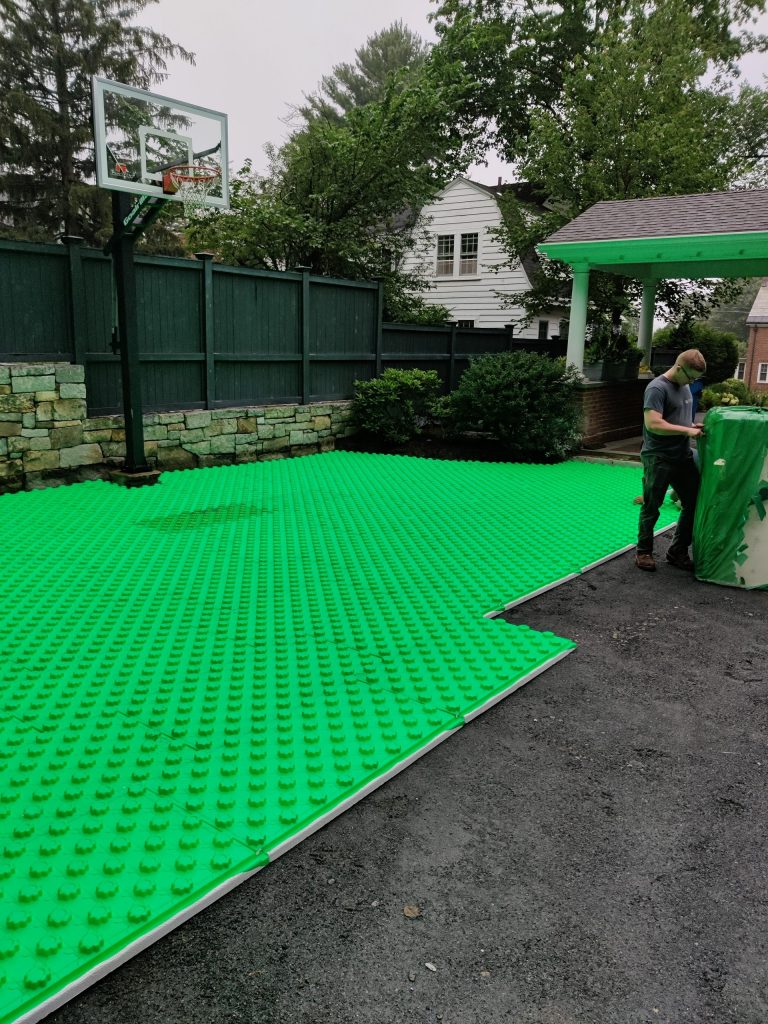
Once the team finished installing the radiant boards, they installed the tubing.
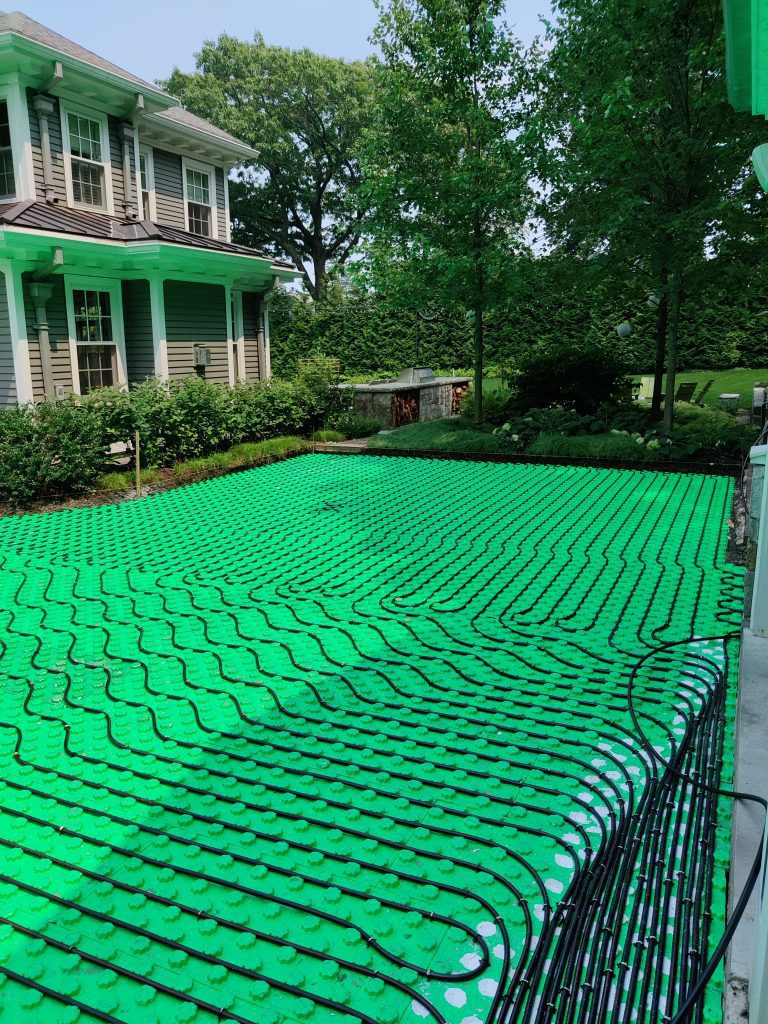
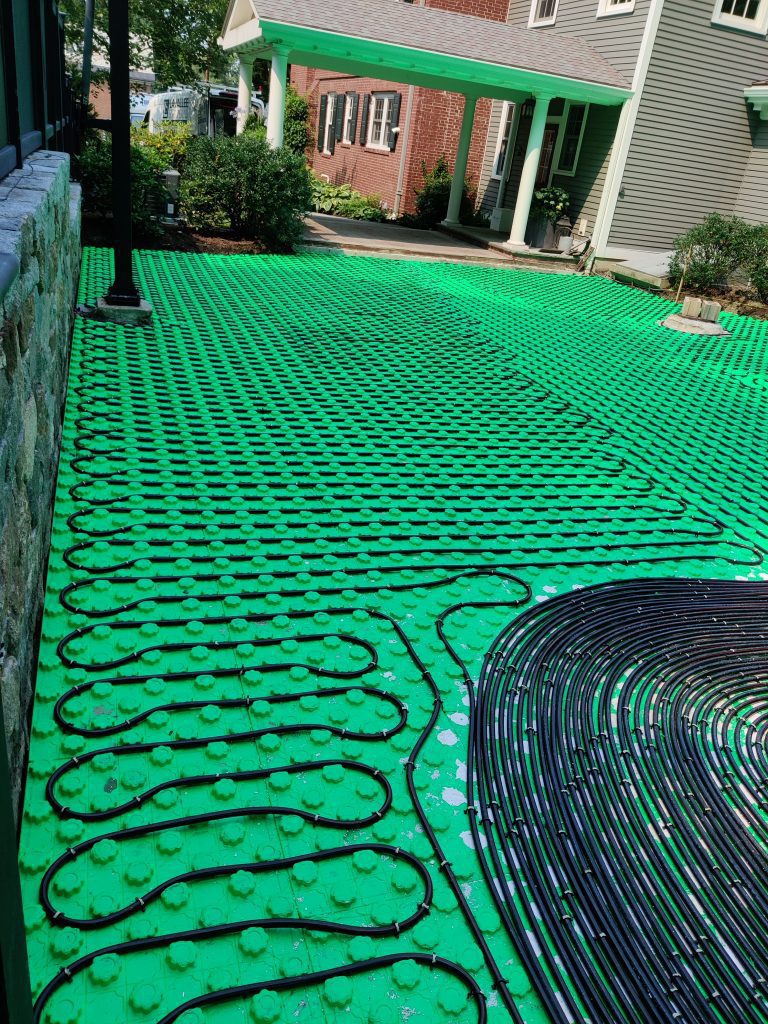
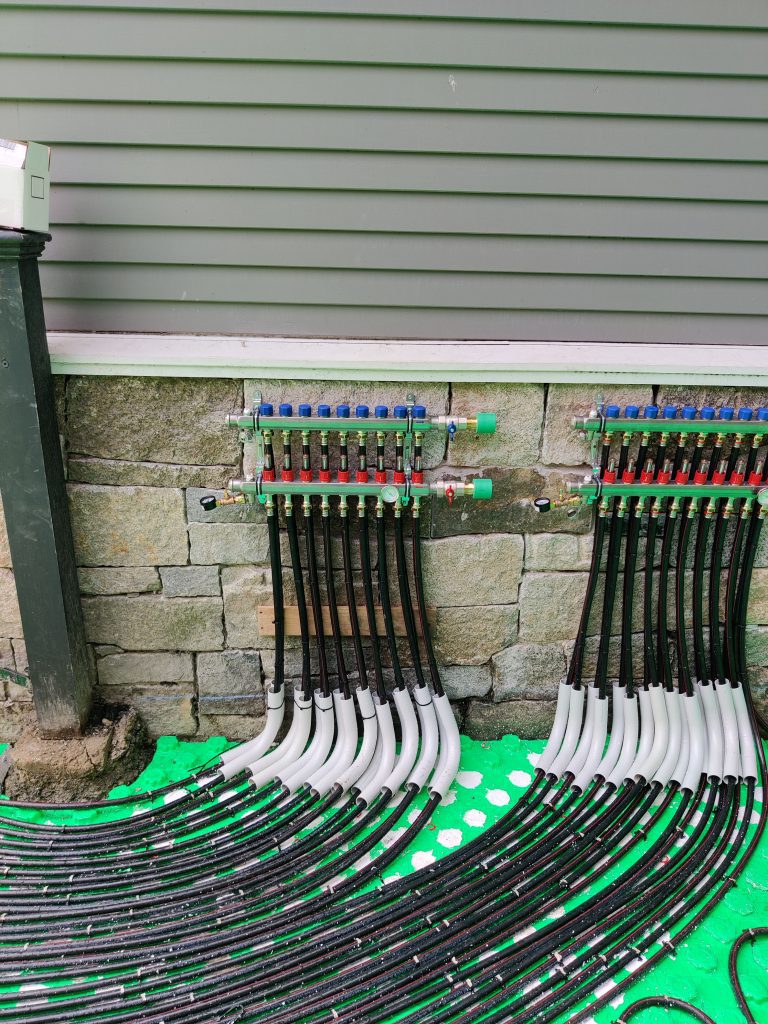
After installing the tubing, the landscape team came in and applied the last layer of pavement above the hydronic heating system.
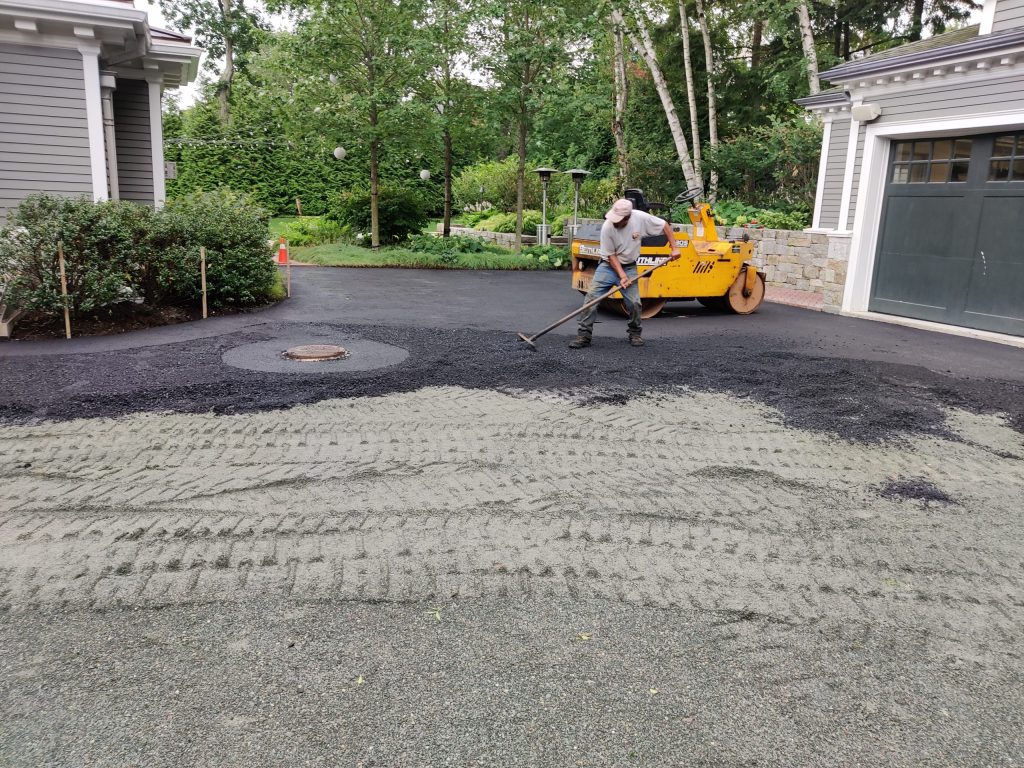
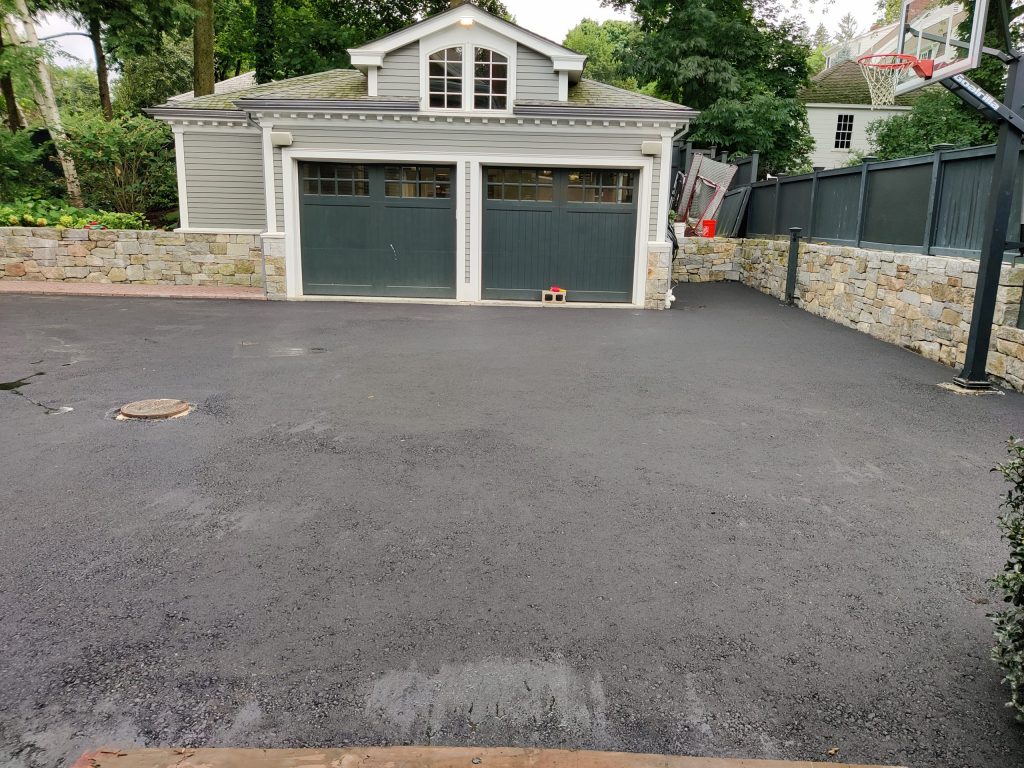
We installed a Viessmann boiler to support the new hydronic snowmelt system outside. The installation is complete before the winter weather arrives.
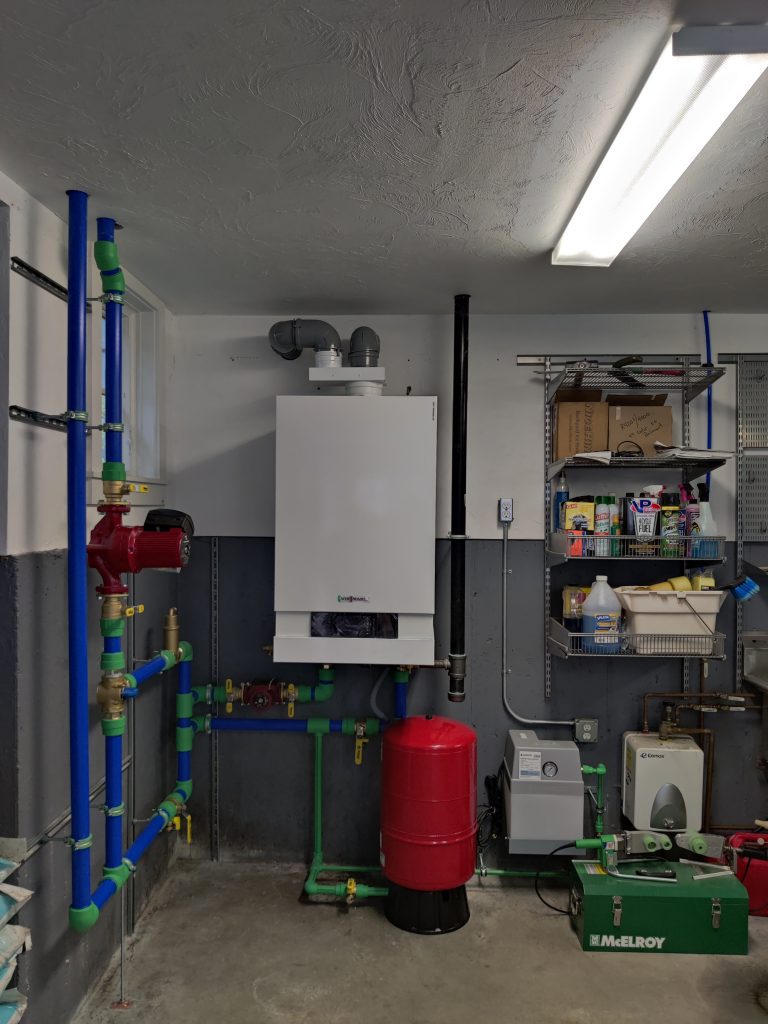
There are a few ways snowmelt systems are maintained: fully automated, semi-automated, and manual. A manual system counts on human intervention to turn it off and on. More common systems are semi-automated and fully automated. Fully automated systems use snow sensors to activate the system when it detects precipitation and low temperatures.
Today, hydronic system controls and sensors are often wi-fi enabled. The hydronic system can be configured to start up prior to the storm hitting with a connection to the local weather forecasting system. It can be as easy as having an app on your phone to control your heating system!
Contact Lavallee Systems today to learn more about snowmelt systems and how we can help you pick the plan that best fits your needs.










